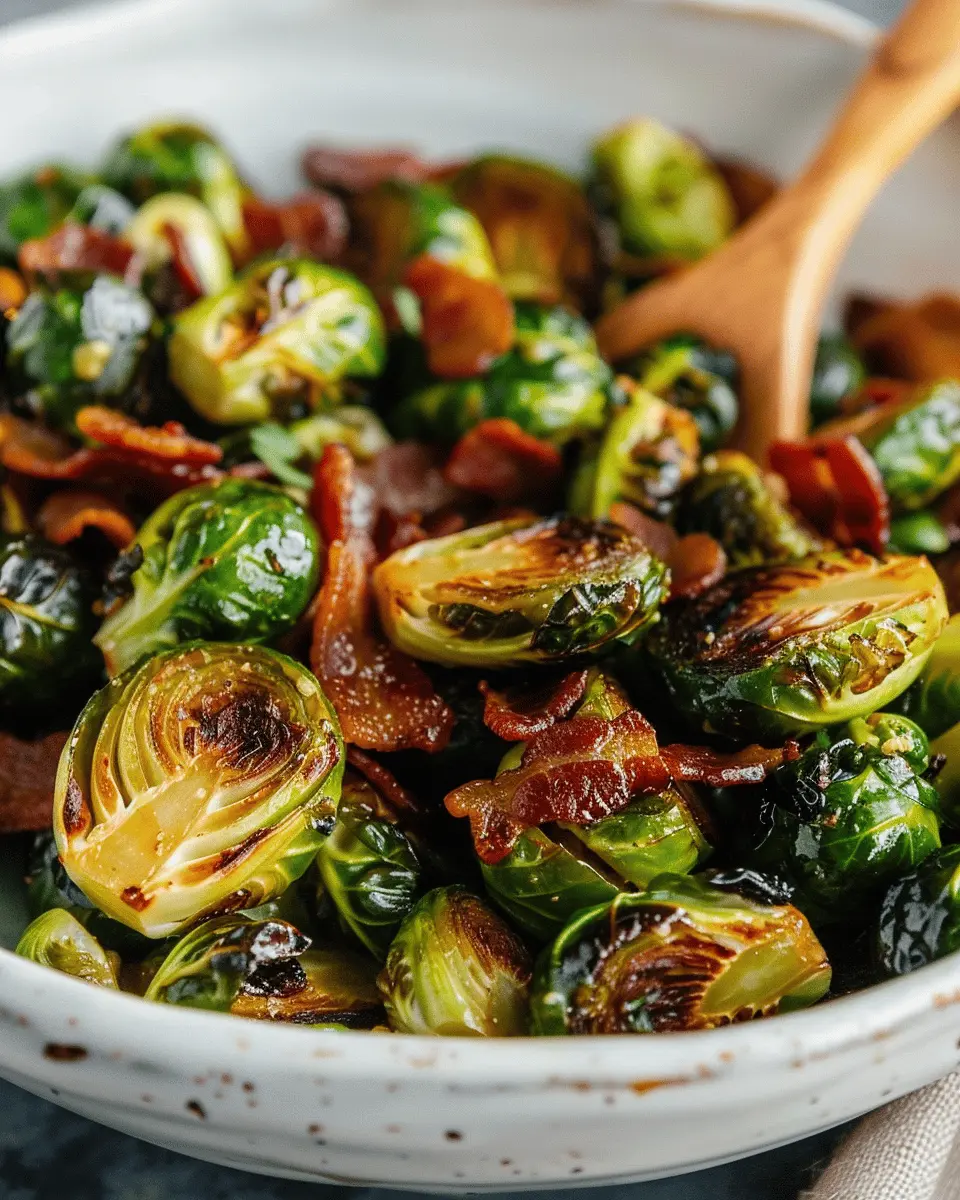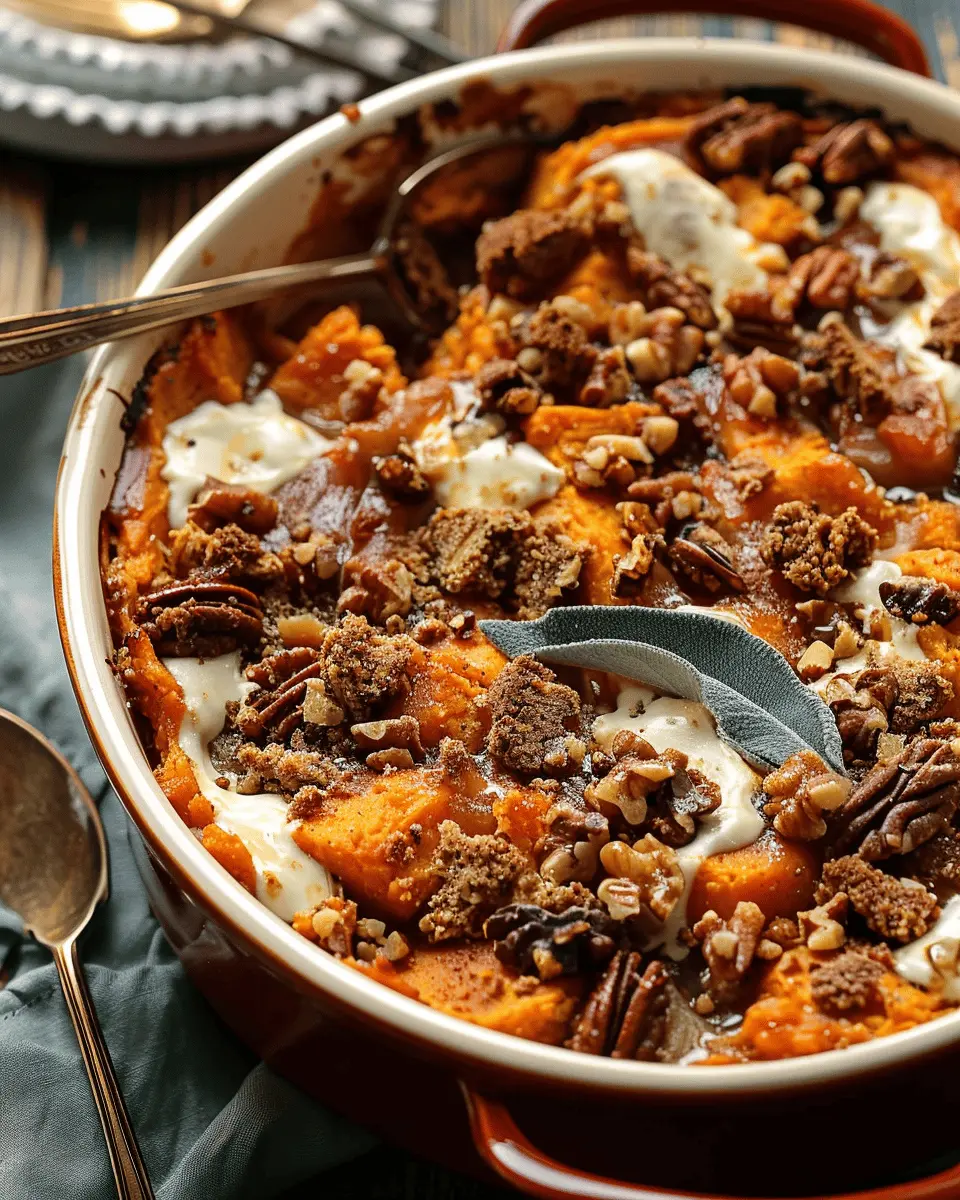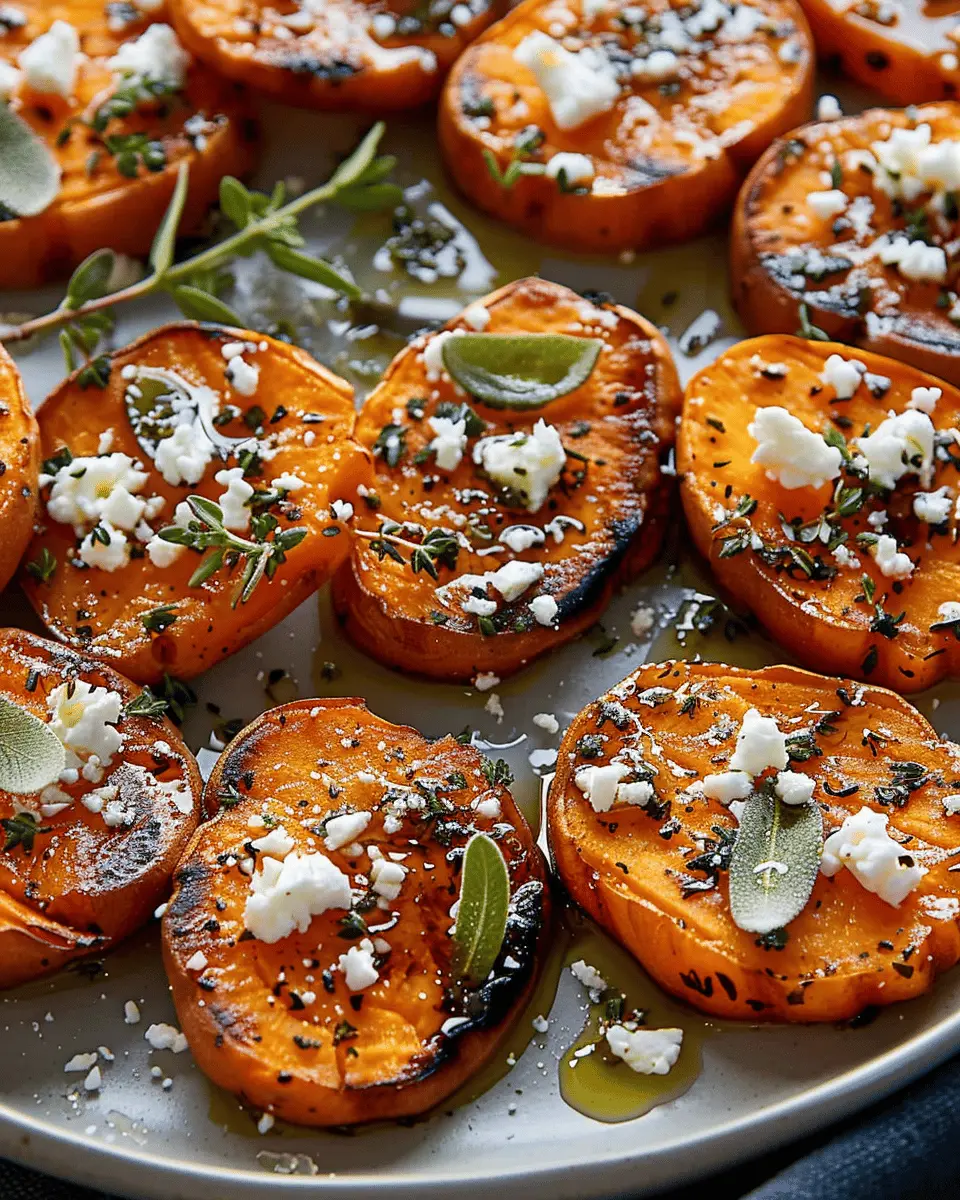Introduction to Lemon Cake to Die For
A Personal Connection to Lemon Cake
Isn’t it funny how certain flavors can transport you back to cherished memories? For me, the zesty aroma of lemon cake takes me straight to my grandmother’s kitchen. Every summer, she’d bake her famous lemon cake—a rich, tangy delight that was the highlight of our family gatherings. As the refreshing scent wafted through the house, my cousins and I would eagerly await that first slice, our taste buds tingling with anticipation. Sharing that fluffy, sun-kissed slice of happiness isn’t just about dessert; it’s a blast of nostalgia wrapped up in a delectable treat.
As I got older, I realized how much love and care went into each scratch-made treat. If you’re curious about the cultural significance of homemade desserts, you might want to explore some insightful articles on sites like Serious Eats or The Spruce Eats—they delve into why baking at home can be so rewarding.
The Joy of Homemade Treats Versus Fast Food
In today’s fast-paced world, the lure of convenience can often sidetrack us from quality homemade food. Have you ever treated yourself to a store-bought cake, only to be left craving something more? It’s a common experience. While fast food can certainly fill your stomach, it often lacks the heart and individuality that come from crafting your own desserts.
When you whip up a lemon cake to die for in your own kitchen, you control the ingredients—no preservatives, no artificial flavors, just pure goodness. The joy of measuring flour, whisking eggs, and zipping in that fresh lemon juice is unparalleled. You’re not just baking; you’re creating a personalized experience that speaks to your soul.
Here are a few benefits of creating homemade treats:
- Healthier Ingredients: You decide what goes into your cake, opting for fresh, organic produce.
- Customization: Want to add a twist? Throw in some poppy seeds for texture or a creamy lemon frosting!
- Memories in the Making: Each cake is a chance to connect with loved ones, just like those summer afternoons in my grandmother’s kitchen.
So, the next time you’re tempted by that fancy store-bought cake, consider reaching for your mixing bowl instead. You might just discover the true magic of baking—creating an unforgettable lemon cake to die for.

Ingredients for Lemon Cake to Die For
Essential ingredients for the perfect lemon cake
Creating a lemon cake to die for starts with a few key ingredients that work in harmony to deliver that perfect zesty flavor and fluffy texture. Here’s what you’ll need:
- All-purpose flour: This forms the base of your cake, providing structure.
- Granulated sugar: Sweetens and balances the acidity of the lemons.
- Unsalted butter: For richness and a tender crumb.
- Eggs: These bind everything together and add moisture.
- Fresh lemon juice: The star of the show, giving your cake that bright flavor.
- Baking powder: Essential for leavening and achieving that light, airy rise.
- Salt: A pinch enhances all the flavors, including the lemon.
- Zest of lemon: Adds an impressive intensity of lemon flavor.
These ingredients set the stage for a delightful cake that’s sure to impress. You can find tips on selecting the freshest lemons here.
Optional add-ins and flavor boosters
Want to take your lemon cake to the next level? Here are some optional ingredients that can elevate your creation:
- Sour cream or yogurt: Adds moisture and a subtle tang.
- Almond extract: A drop can complement the lemon beautifully.
- Blueberries or poppy seeds: For an unexpected burst of flavor and texture.
- Lemon glaze or icing: Drizzle on top for that glossy finish and additional sweetness.
Feel free to experiment! Each of these optional additions can introduce a unique twist to your traditional lemon cake, making it truly your own. For inspiration on creative flavor combinations, consider checking out Food52 for more ideas!
Step-by-Step Preparation of Lemon Cake to Die For
Baking a lemon cake to die for is both a delicious endeavor and a delightful way to share your cooking skills with loved ones. Let’s walk through each step together, so you can create a cake that bursts with citrus flavor and fluffy goodness.
Preheat the oven and prepare the baking pan
First things first, preheating your oven to 350°F (175°C) is essential for achieving that perfect rise and texture. While the oven warms, take the time to prepare your baking pan. I recommend using a 9-inch round cake pan for a traditional round cake. Grease the pan with butter, and then lightly dust it with flour. This step helps ensure that the cake releases easily after baking. For a delightful twist, you can line the bottom of the pan with parchment paper too; it makes for an even smoother transition when you’re ready to serve.
Mix the dry ingredients for flavor and texture
Once your pan is ready, it’s time to mix the dry ingredients. In a medium bowl, combine:
- 2 cups of all-purpose flour
- 1 ½ teaspoons of baking powder
- ½ teaspoon of baking soda
- ½ teaspoon of salt
This combination not only adds structure to your lemon cake to die for, but it also enhances the flavor profile. Play around with this mixture by adding a tablespoon of lemon zest for a more pronounced citrus punch.
Cream the butter and sugar for a luscious base
In a stand mixer or using a hand mixer, cream together ½ cup of unsalted butter and 1 ½ cups of granulated sugar. Mix on medium-high speed until the mixture is light and fluffy, which usually takes about 5 minutes. This process incorporates air into the batter, resulting in a tender cake texture. Trust me, it’s one of the most satisfying steps to watch unfold.
Incorporate eggs and lemon juice for brightness
Next, let’s bring in the eggs: add three large eggs, one at a time, making sure to mix well after each addition. The eggs add moisture and richness, which is crucial for a delectable cake. Now comes the star ingredient, so add ½ cup of fresh lemon juice. You can’t go wrong here—freshly squeezed juice elevates your cake from good to out-of-this-world delicious.
Combine wet and dry ingredients for the batter
It’s time to merge those dry ingredients with the wet mix! Gradually add the flour mixture to your butter and sugar blend, alternating with ½ cup of whole milk. Begin and end with the flour mixture. This method maintains the batter’s volume. Stir just until combined; don’t overmix, or your cake could turn out dense.
Pour the batter into the pan and smooth the top
Carefully pour the batter into your prepared cake pan. Use a spatula to smooth the top, ensuring even baking. A well-smooth top will make frosting easier later on; after all, no one wants a lumpy cake!
Bake to perfection and check for doneness
Slide your cake into the oven and bake for 30-35 minutes. Keep an eye on it, especially in the last few minutes. To check for doneness, insert a toothpick into the center—if it comes out clean or with a few moist crumbs, your cake is ready!
Cool the cake before glazing or serving
Once your cake is done baking, let it cool in the pan for about 10 minutes. Then, transfer it to a wire rack to cool completely. The cooling period is crucial because it prevents your delicious frosting from melting away. While you’re waiting, consider whipping up a light lemon glaze or a simple buttercream frosting to pair with your lemon cake to die for.
With these steps in mind, you’re well on your way to baking a cake that will impress everyone at the table. Enjoy the process, and savor each slice!

Variations on Lemon Cake to Die For
Who says lemon cake has to stick to just one flavor? Sprucing up the classic recipe can result in delightful variations that are guaranteed to please! Let’s explore some delicious takes on the quintessential lemon cake to die for that are sure to impress your friends and family.
Lemon Blueberry Cake for a Fruity Twist
Imagine biting into a slice of moist lemon cake, only to uncover bursts of juicy blueberries. This cake combines the zesty brightness of lemons with the natural sweetness of blueberries—a match made in baking heaven. For this variation, simply fold fresh or frozen blueberries into your lemon cake batter before baking. Not only does this add a pop of color, but you’ll also enjoy a refreshing taste that feels like summer in every bite. Plus, blueberries are loaded with antioxidants, making your dessert choice not just delicious but also a little healthier. Check out this blueberry benefits guide for more!
Lemon Poppy Seed Cake for Added Crunch
If you crave a bit of texture in your desserts, consider adding poppy seeds to your lemon cake batter. The tiny seeds provide a satisfying crunch that perfectly complements the fluffy cake—nothing short of lemon cake to die for. For the ideal blend of flavors, mix the seeds into the batter and sprinkle some on top with a light glaze. The hints of nuttiness will elevate your dessert, making it an unforgettable treat.
Lemon Cake Bars for Easy Serving
For those potluck invitations or casual gatherings, lemon cake bars are the way to go. They’re simple to cut and serve, making them perfect for sharing. Start with your traditional lemon cake recipe, then spread the batter in a baking dish and cut it into bars after cooling. Don’t forget to drizzle a sweet lemon glaze on top for that extra zing. They’re low-maintenance and always a crowd-pleaser!
Experimenting with these variations will ensure your lemon cake to die for is a showstopper every time you bake. Happy baking!
Cooking Tips and Notes for Lemon Cake to Die For
Common Pitfalls and How to Avoid Them
Lemon cake, when done right, is a light, zesty treat. However, it’s easy to make mistakes along the way. One common pitfall? Overmixing the batter. This can lead to a dense texture rather than the light and fluffy cake you’re aiming for. Aim to mix just until the ingredients are combined.
Additionally, using too much lemon zest can overwhelm the cake with acidity. Stick to the recommended amount for that perfect zing. For further tips, check out this helpful resource on baking fundamentals.
Best Practices for Moist and Flavorful Cake
To achieve a lemon cake to die for, it’s crucial to prioritize moisture. Use room temperature ingredients, especially eggs and butter, ensuring better incorporation and a tender crumb. Consider substituting buttermilk for regular milk; its acidity helps create a wonderfully fluffy cake.
Don’t forget to brush your warm cake with a simple syrup made from lemon juice and sugar—this elevates flavor and moisture levels beautifully. Follow these techniques, and you’re on your way to a lemon cake experience that’s unforgettable!

Serving Suggestions for Lemon Cake to Die For
Pairing Lemon Cake with Tea or Coffee
Imagine enjoying a slice of lemon cake to die for alongside your favorite brew. The zingy freshness of lemon beautifully complements the rich flavors of both tea and coffee. A brisk cup of Earl Grey or a smooth latte can elevate your dessert experience. Did you know that pairing citrus desserts with green tea can enhance the refreshing notes? For the coffee lovers, a bold espresso cuts through the sweetness, creating a perfect balance.
Creative Serving Ideas and Garnishes
Take your lemon cake to die for to the next level with these simple yet impactful serving ideas:
- Fruit Garnish: Top your cake with fresh berries like raspberries or blueberries for color and an extra burst of flavor.
- Herb Infusion: Try adding a sprig of mint on the side to bring out the cake’s citrus notes.
- Glazed Finish: Drizzle a tangy lemon glaze on top for an upgraded look and taste.
These touches can transform a simple dessert into a showstopper. For even more inspiration, check out this collection of serving ideas that’ll make your lemon cake shine!
Time Breakdown for Lemon Cake to Die For
Preparation time
Getting ready for this lemon cake to die for is simple and swift! Set aside about 20 minutes to gather your ingredients, preheat the oven, and whip up that zesty batter. Pro tip: have all your items measured and ready to mix for a smoother process.
Baking time
Now, let’s talk about the baking magic. Once your batter is ready, pour it into your prepared pans. You’ll want to bake for approximately 30 to 35 minutes. Keep an eye on it after the 30-minute mark—every oven is a bit different!
Total time
In total, you’re looking at nearly 1 hour from start to finish. This makes it a great choice for a weeknight treat or an impromptu gathering. Imagine having this delicious lemon cake ready to impress your friends in just under an hour! Want tips on perfecting your skills? Check out more on baking fundamentals for extra guidance. Enjoy!
Nutritional Facts for Lemon Cake to Die For
Calories per Slice
When indulging in a slice of lemon cake to die for, you’ll be consuming approximately 350 calories. This delightfully light dessert can be a sweet treat, especially when you keep portion sizes in check—after all, it’s perfectly okay to savor every bite!
Key Nutrients and Benefits
While it’s a dessert, this lemon cake also packs some surprising nutrients:
- Vitamin C: Thanks to the fresh lemons, this cake provides a nice boost of vitamin C, essential for your immune system and skin health.
- Carbohydrates: Designed to give you quick energy, the carbohydrates from sugar and flour help fuel your active lifestyle.
- Moderate Fats: With butter as a key ingredient, it offers some healthy fats, which are vital for nutrient absorption.
In moderation, enjoying such a vibrant dessert can be part of a balanced diet. Need more information on the health benefits of lemon? Check out resources from Healthline. Remember, life is too short to skip dessert, especially when it’s a lemon cake to die for!
FAQ about Lemon Cake to Die For
How can I ensure my lemon cake is moist?
Achieving that perfect, moist lemon cake to die for might seem challenging, but with the right techniques, it’s entirely doable! Here are some tips:
-
Use room temperature ingredients: Bring your butter and eggs to room temperature before baking. This helps to create a smooth batter that traps air better.
-
Don’t overmix: While it’s important to combine your ingredients, overmixing can lead to a dense cake. Mix just until combined.
-
Add sour cream or yogurt: Incorporating sour cream or yogurt adds not just flavor but also moisture. A dollop goes a long way!
If you’re interested in more baking tips, check out King Arthur Baking for in-depth advice on keeping your cakes moist.
Can I make lemon cake ahead of time?
Absolutely! Making your lemon cake to die for in advance can actually enhance the flavors as they have time to meld. Here’s how you can do it:
-
Bake it a day ahead: Allow the cake to cool completely and then store it, tightly covered, at room temperature or in the fridge.
-
Freeze for longer storage: If you need to prep even further ahead, wrap the cake layers in plastic wrap and foil before freezing. Defrost overnight in the fridge when you’re ready to serve.
What can I substitute for ingredients?
Life happens, right? If you find yourself missing an ingredient, don’t sweat it. Here are some simple substitutions:
-
Butter: You can use coconut oil or avocado for a dairy-free option.
-
All-purpose flour: Consider using almond flour or a gluten-free blend to cater to dietary preferences.
-
Lemon juice: If you’re out of fresh lemons, bottled lemon juice or even vinegar and water can work in a pinch.
So, whether you’re celebrating a special occasion or simply craving a slice, these tips will help you nail your lemon cake to die for! Remember, baking is all about experimenting, so don’t hesitate to make it your own.
Conclusion on Lemon Cake to Die For
Recap of the Cake’s Appeal
In summary, this lemon cake to die for stands out with its moist texture, zesty flavor, and delightful burst of freshness. Each slice is a perfect balance of sweet and tangy, making it a crowd-pleaser for any occasion. Whether you’re celebrating a birthday or enjoying a cozy weekend, this cake is sure to impress.
Encouragement to Try Making It at Home
So why not roll up your sleeves and try making this delectable cake yourself? It’s simpler than you think! With just a few ingredients and some love, you’ll create a dessert that not only tastes great but also transforms any gathering into a special event. Want more baking inspiration? Check out Baker’s Journal for tips! Your friends and family will be asking for seconds, and you’ll love the satisfaction that comes with baking from scratch. Happy baking!
PrintLemon Cake to Die For: Indulge in Zesty Bliss at Home
Experience the perfect blend of tangy and sweet with this irresistible lemon cake recipe, guaranteed to be a showstopper for any occasion.
- Prep Time: 20 minutes
- Cook Time: 35 minutes
- Total Time: 55 minutes
- Yield: 12 servings 1x
- Category: Dessert
- Method: Baking
- Cuisine: American
- Diet: Vegetarian
Ingredients
- 2 cups all-purpose flour
- 1 ½ cups granulated sugar
- ½ cup unsalted butter
- 1 cup whole milk
- 4 large eggs
- 2 tablespoons lemon zest
- ½ cup freshly squeezed lemon juice
- 2 teaspoons baking powder
- ½ teaspoon salt
Instructions
- Preheat your oven to 350°F (175°C) and prepare a cake pan by greasing it with butter and flour.
- In a large bowl, cream together the butter and sugar until light and fluffy.
- Add the eggs one at a time, beating well after each addition.
- Mix in the lemon zest and juice.
- In another bowl, whisk together the flour, baking powder, and salt.
- Gradually combine the dry ingredients into the wet mixture, alternating with the milk until fully combined.
- Pour the batter into the prepared cake pan and smooth the top.
- Bake for 30-35 minutes, or until a toothpick inserted in the center comes out clean.
- Let it cool before serving and enjoy your delicious lemon cake!
Notes
- For an extra kick of lemon, consider adding a lemon glaze on top.
- This cake can be decorated with fresh berries for a beautiful presentation.
Nutrition
- Serving Size: 1 slice
- Calories: 320
- Sugar: 19g
- Sodium: 200mg
- Fat: 15g
- Saturated Fat: 9g
- Unsaturated Fat: 4g
- Trans Fat: 0g
- Carbohydrates: 46g
- Fiber: 1g
- Protein: 4g
- Cholesterol: 100mg
Keywords: Lemon Cake to Die For













